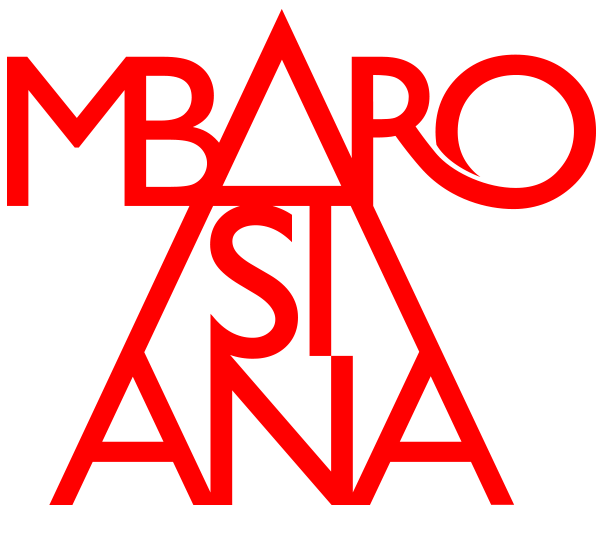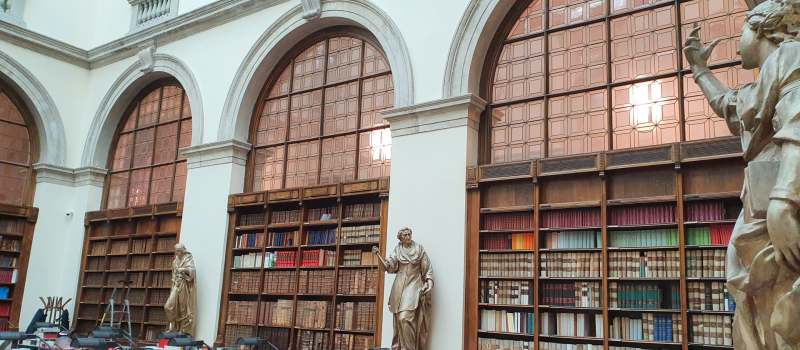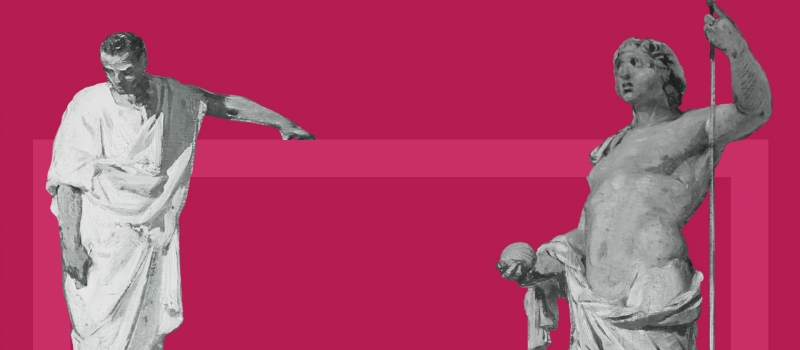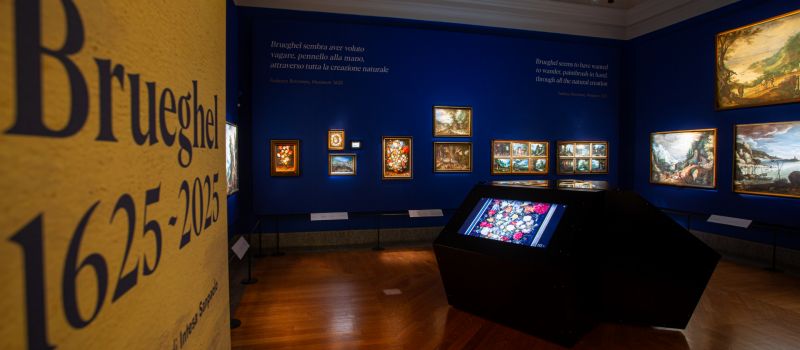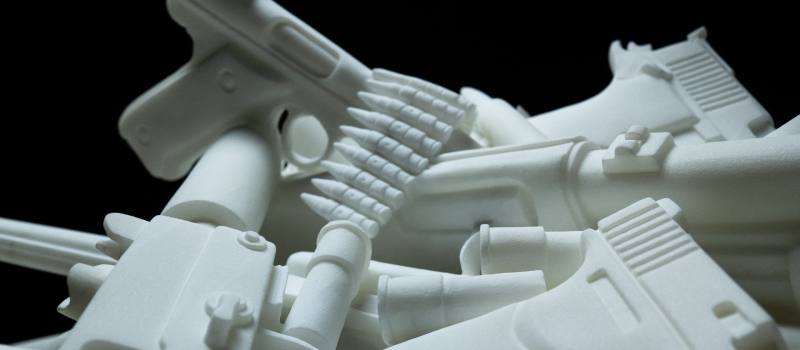
-
VISIT
- I HAVE LESS THAN AN HOUR
- A VISIT IN JUST ONE HOUR
- I HAVE MORE THAN ONE HOUR
- FOR FAMILIES
- I AM A SCHOLAR
- GROUPS AND GUIDED VISITS
- ART AND FAITH
- VIRTUAL TOUR
DirectionsPiazza Pio XI, 2 Milano | t 02 806921

-
DISCOVER
-
PARTICIPATE
- STUDY
- BUY TICKETS
